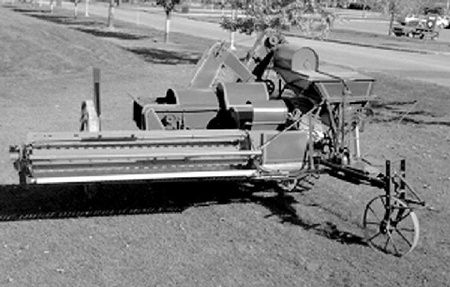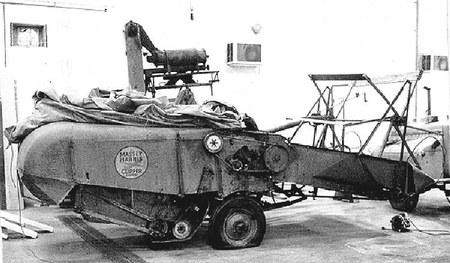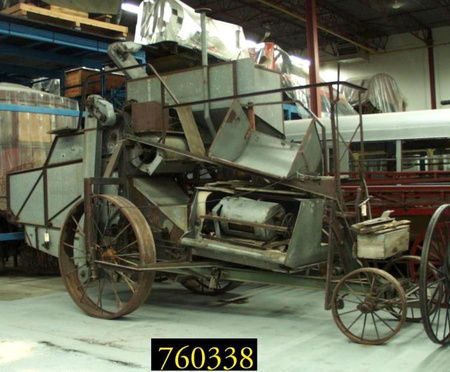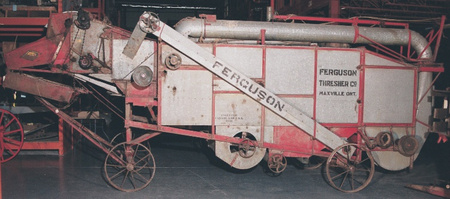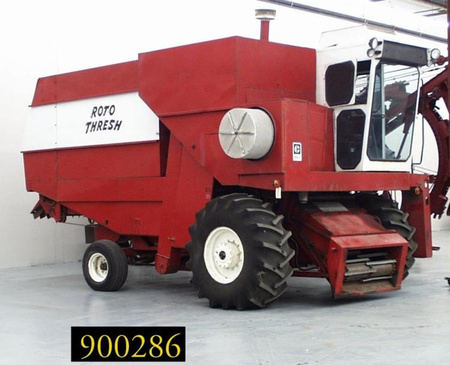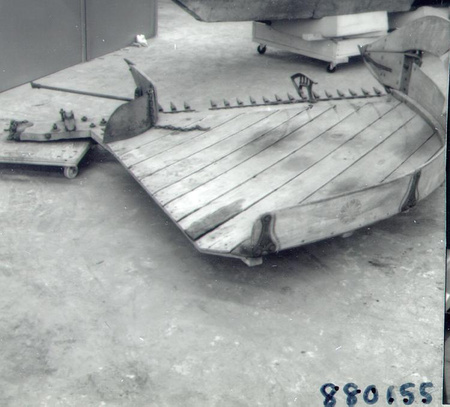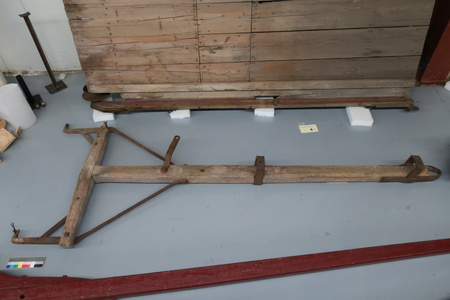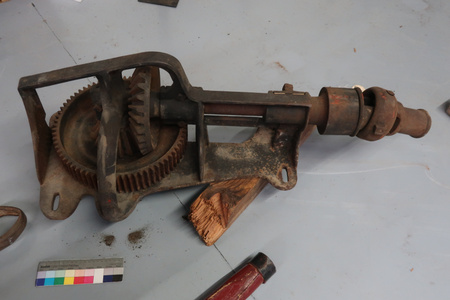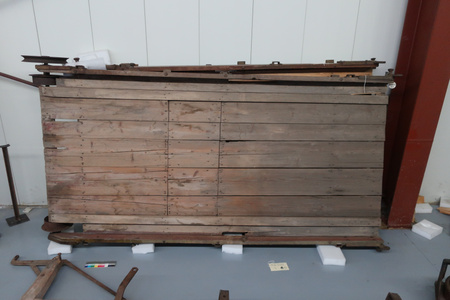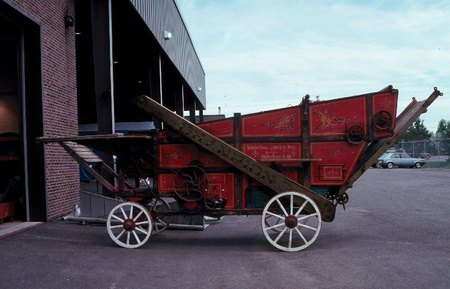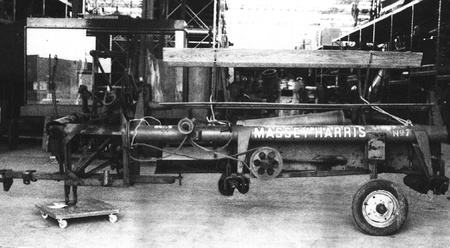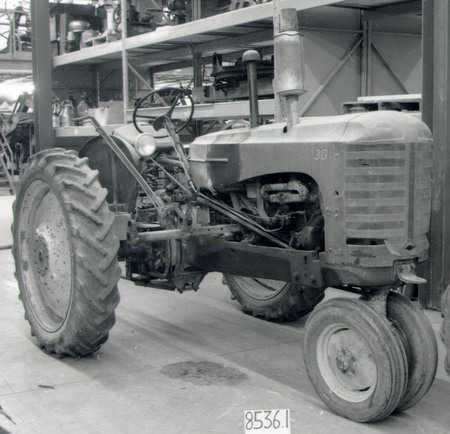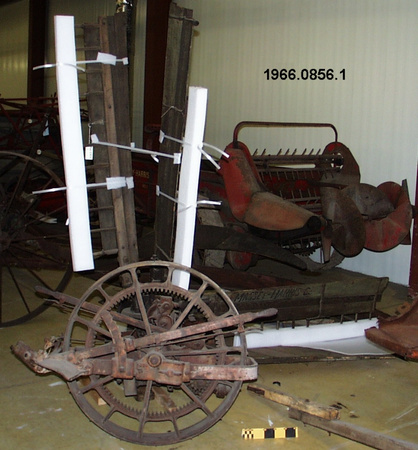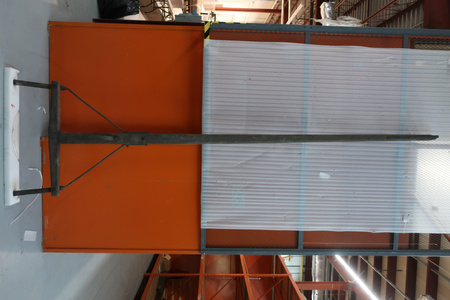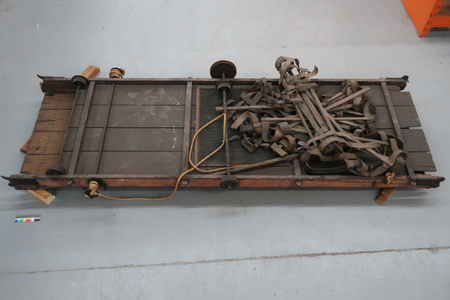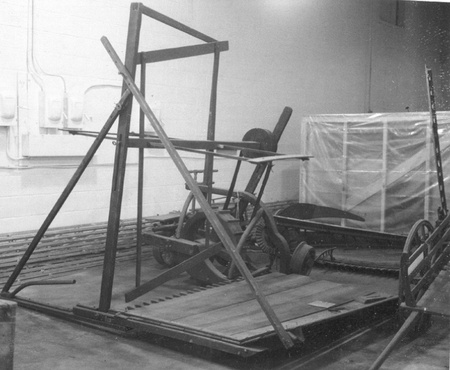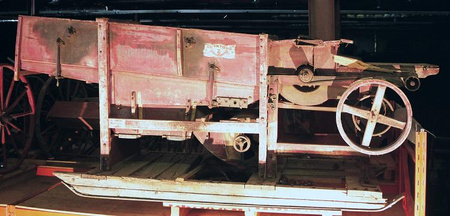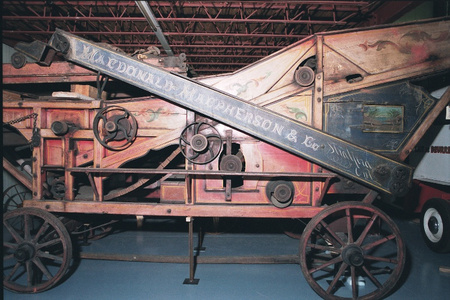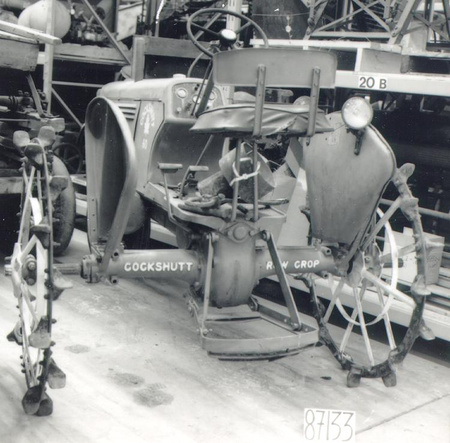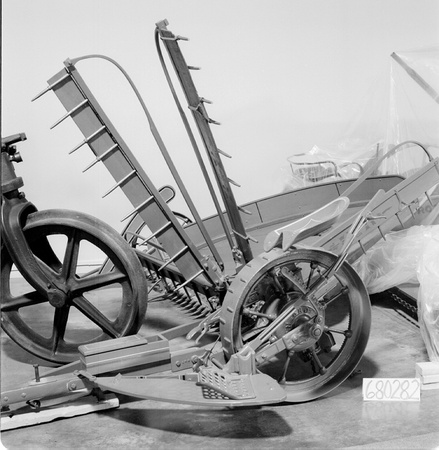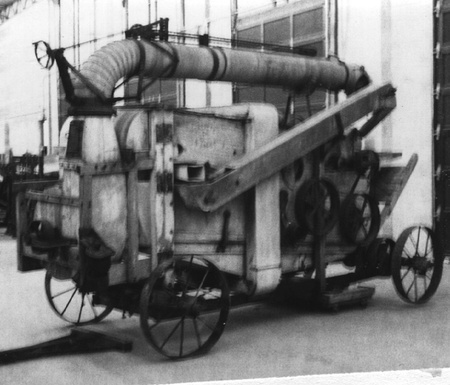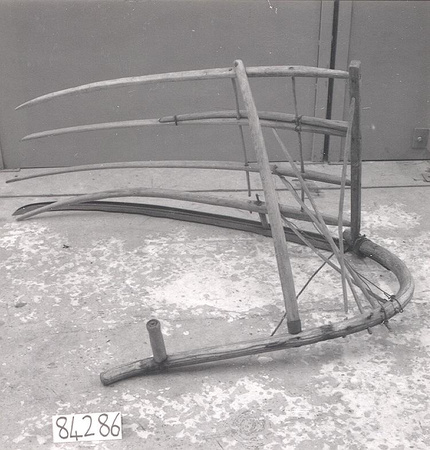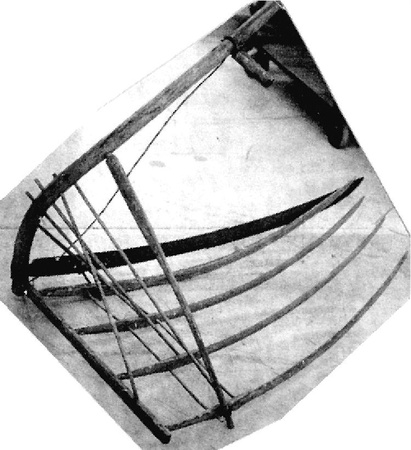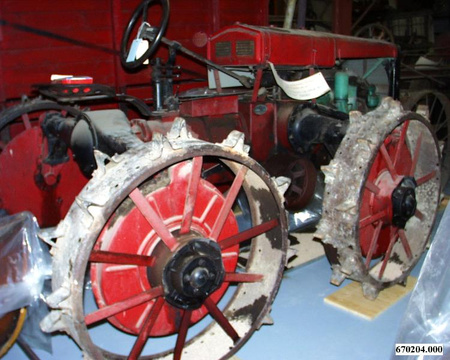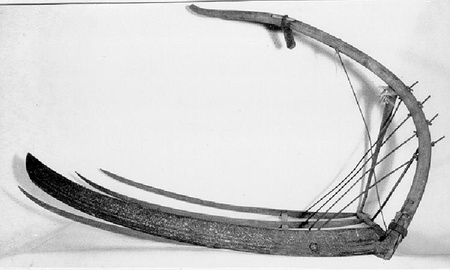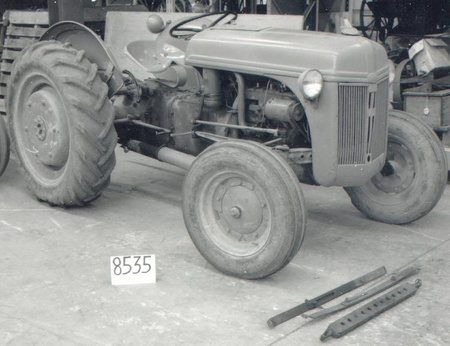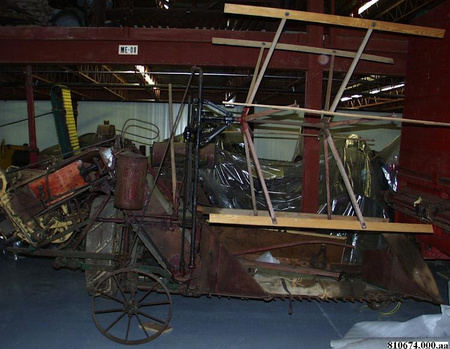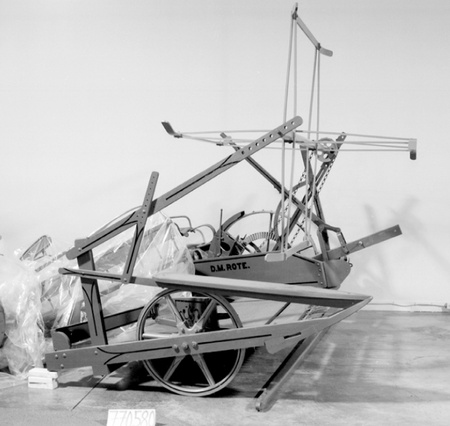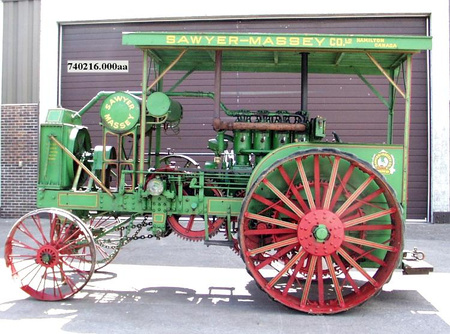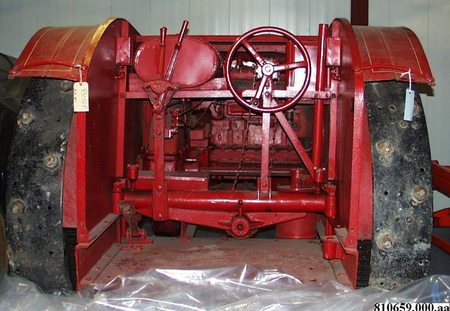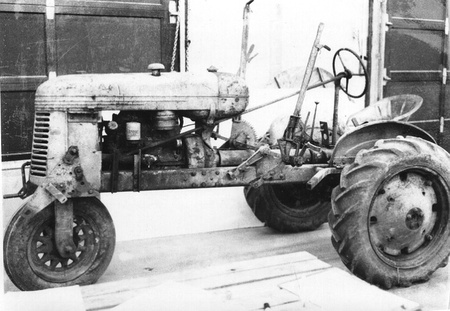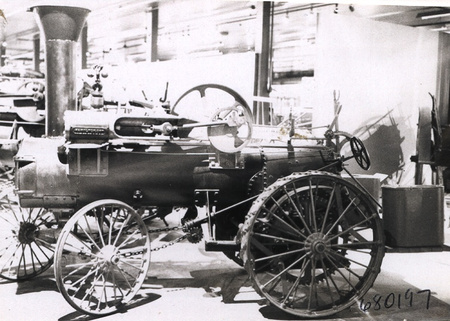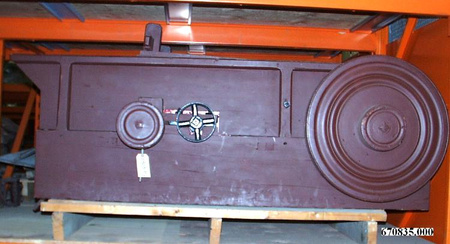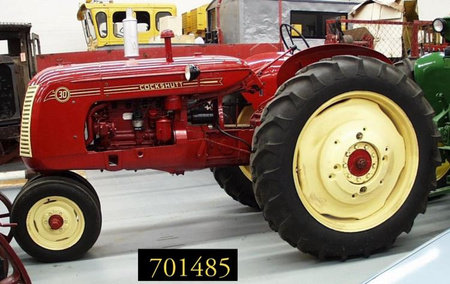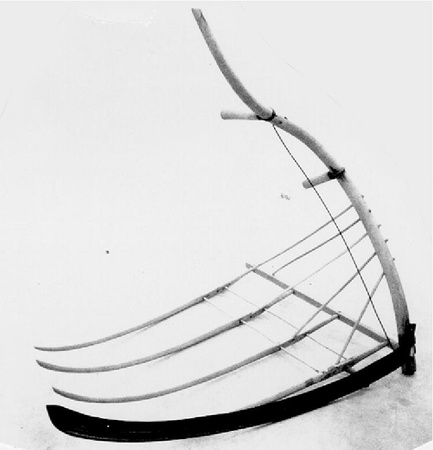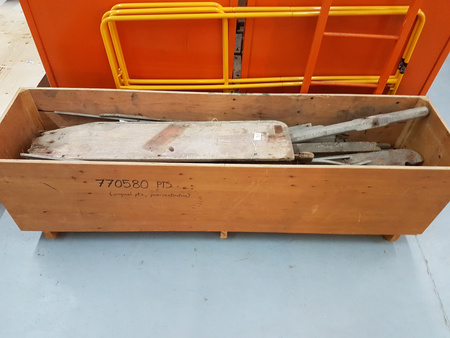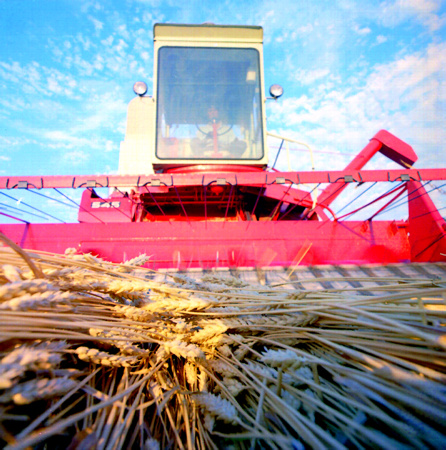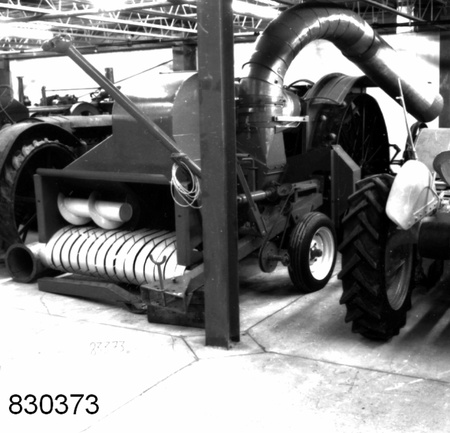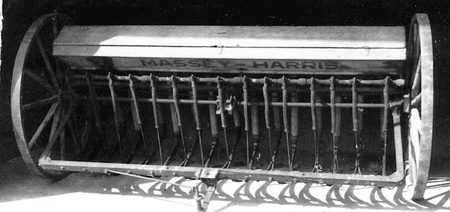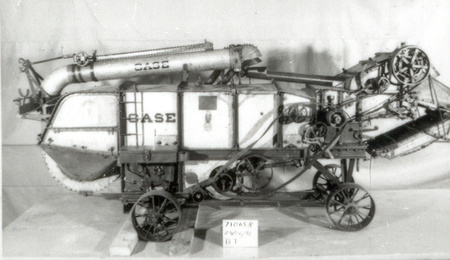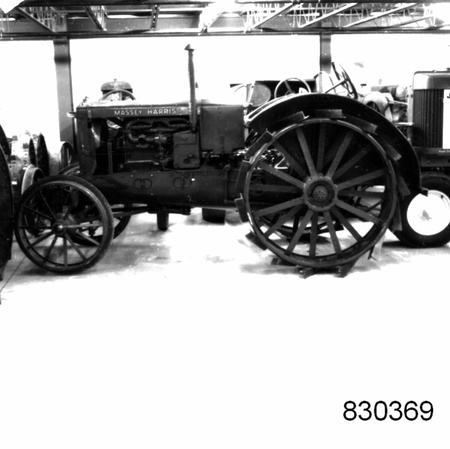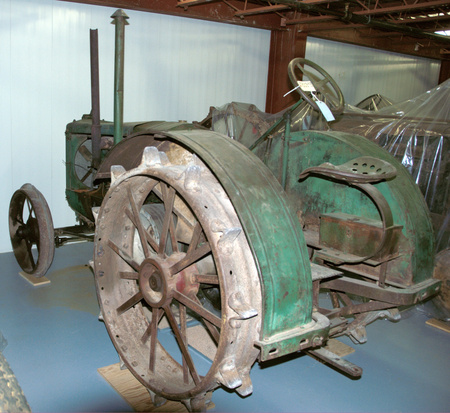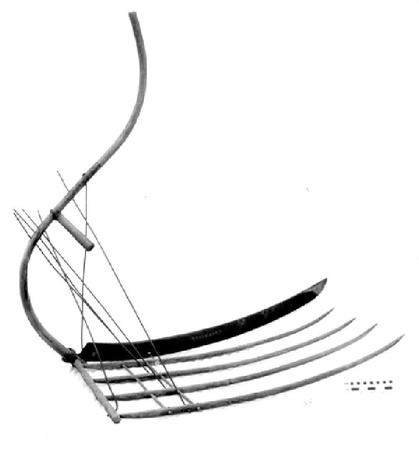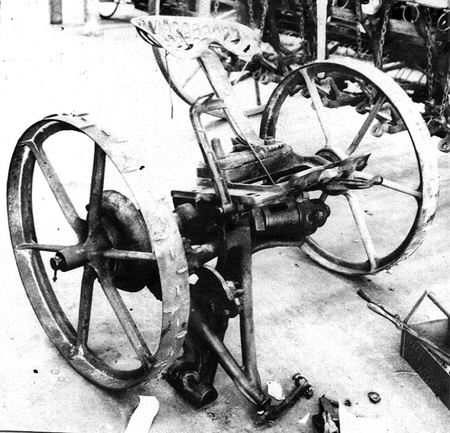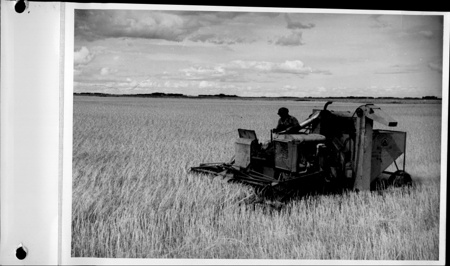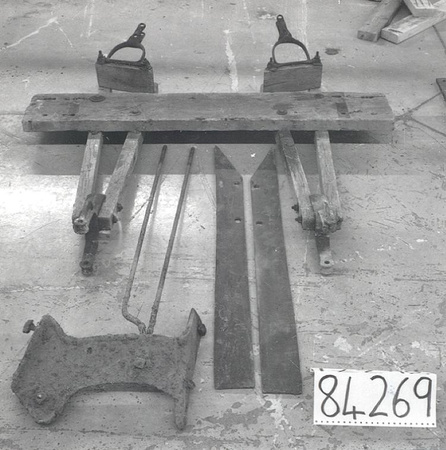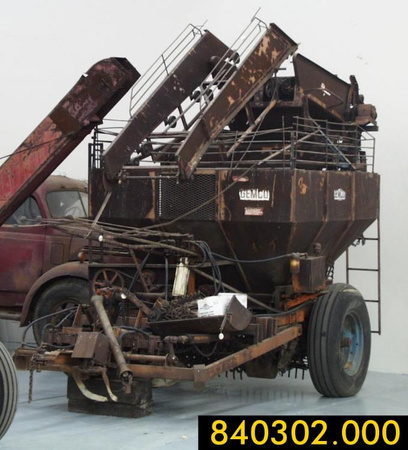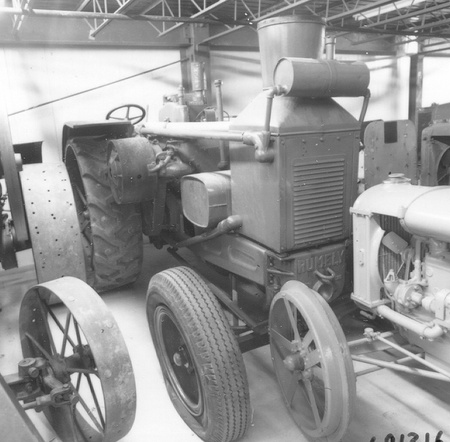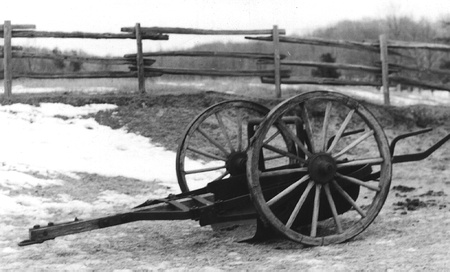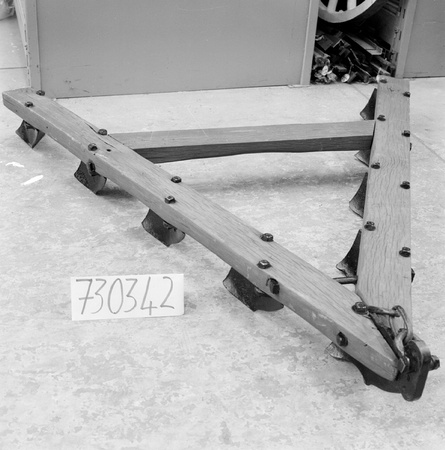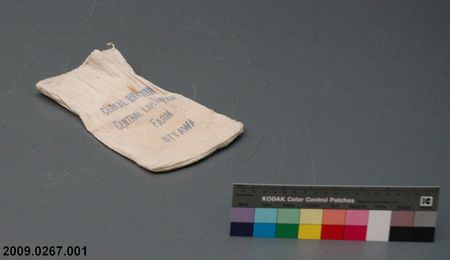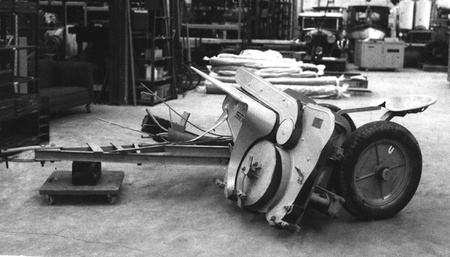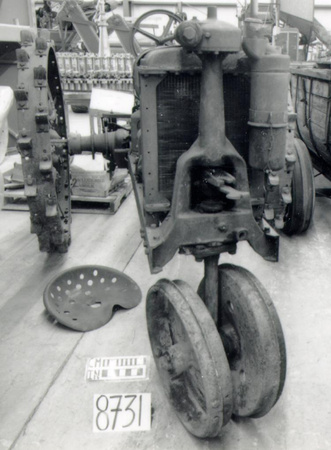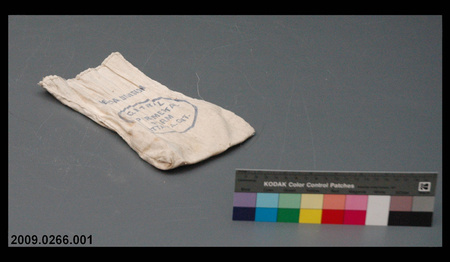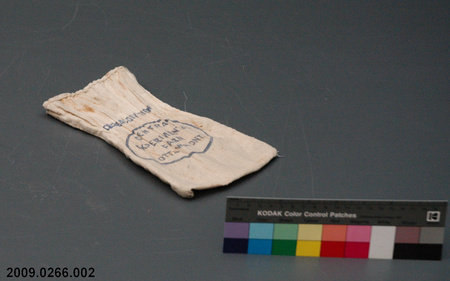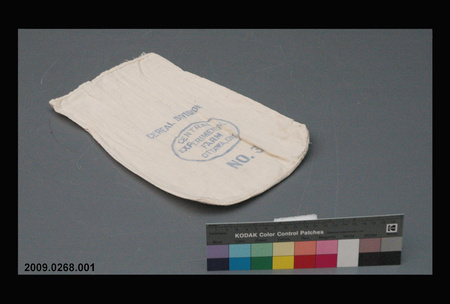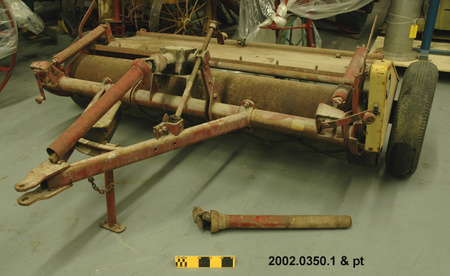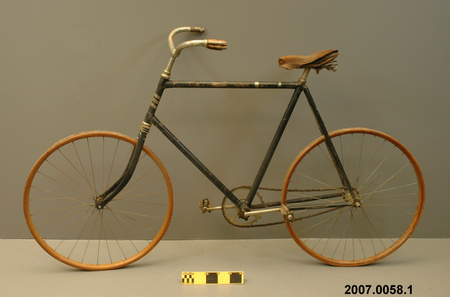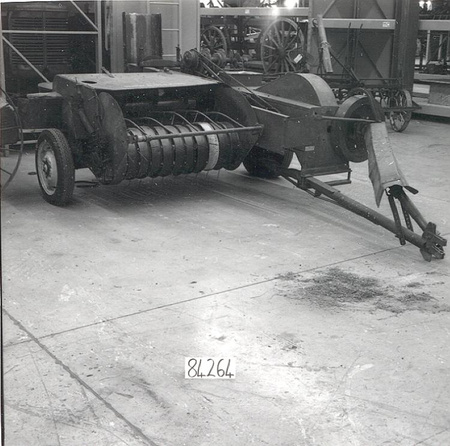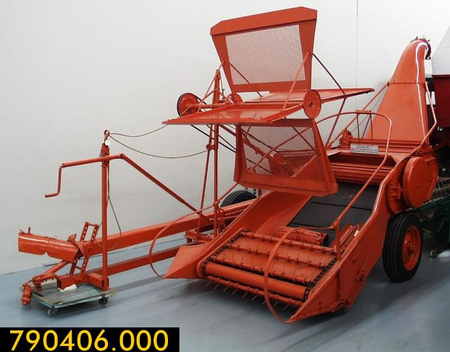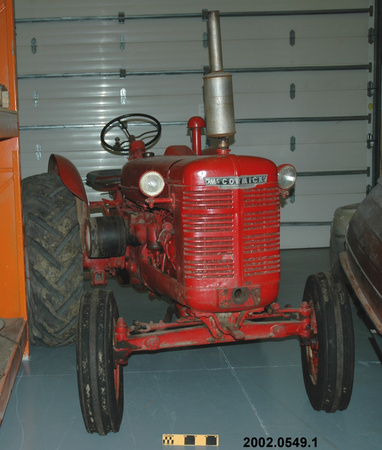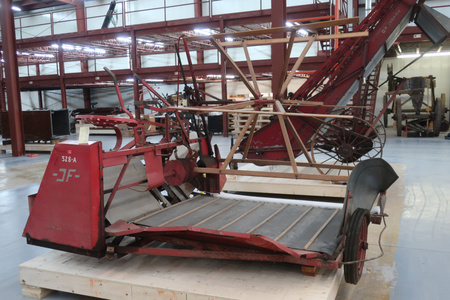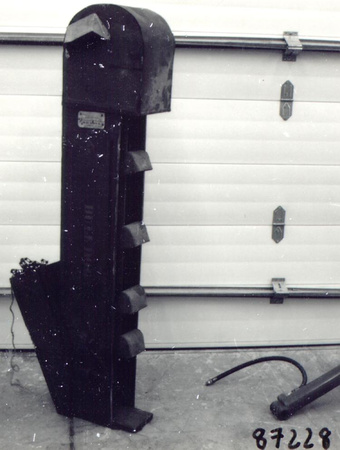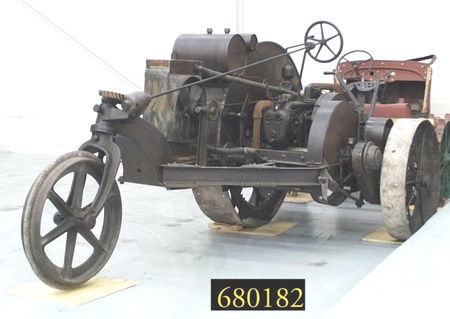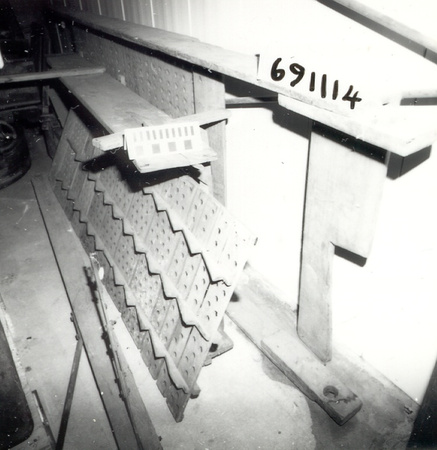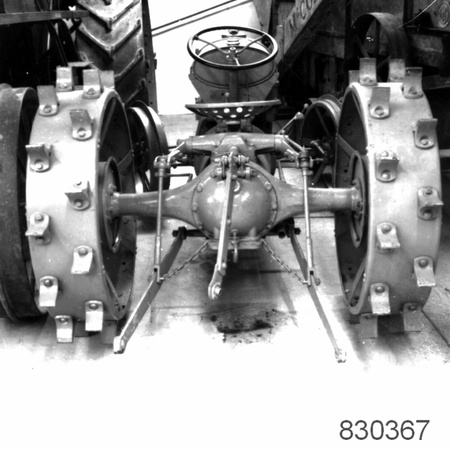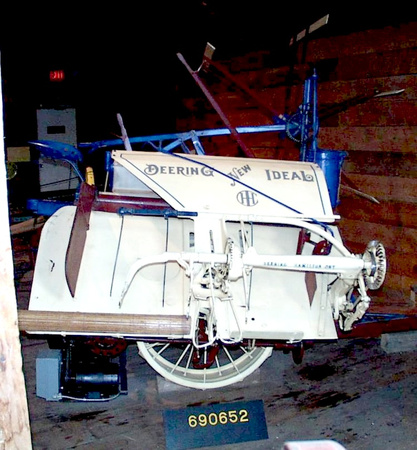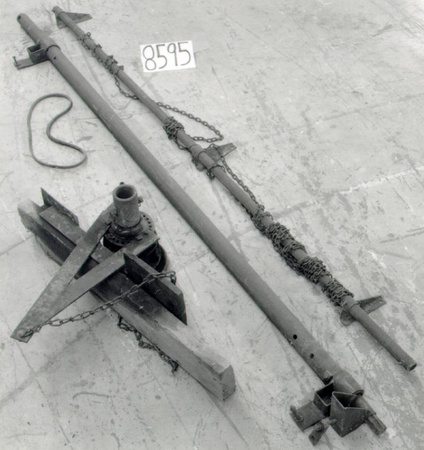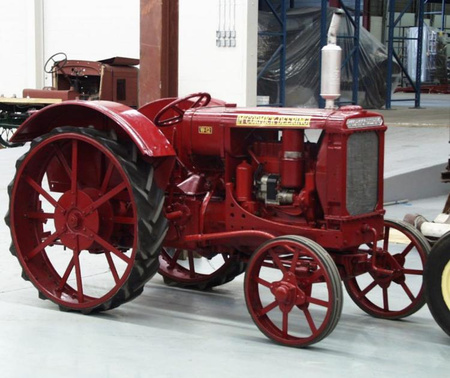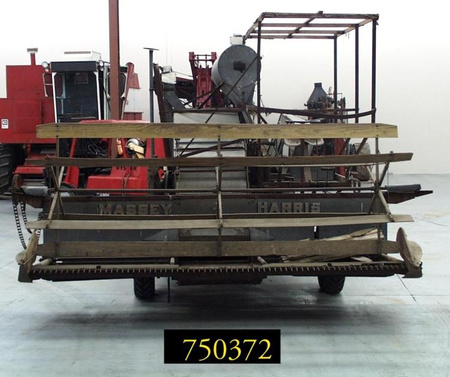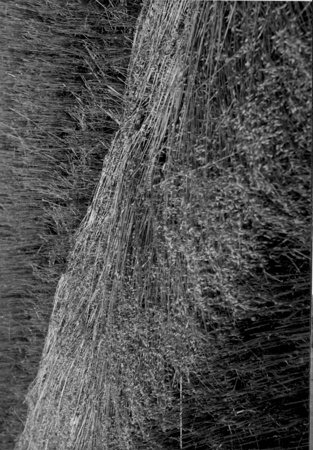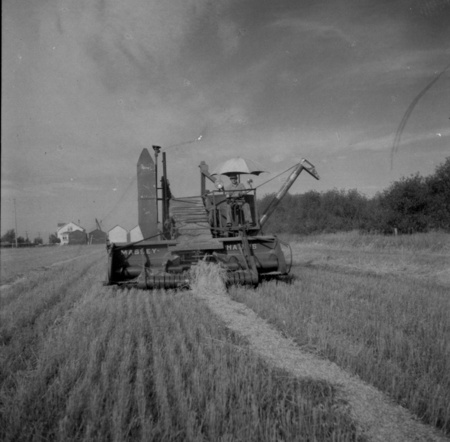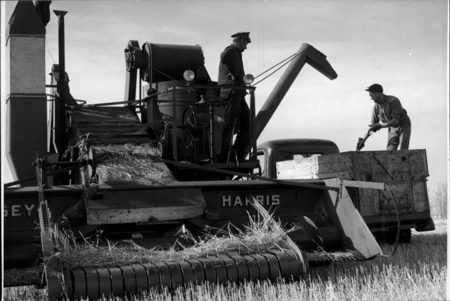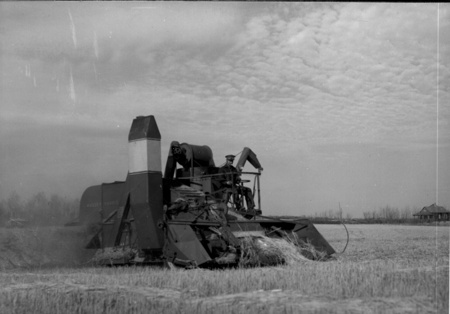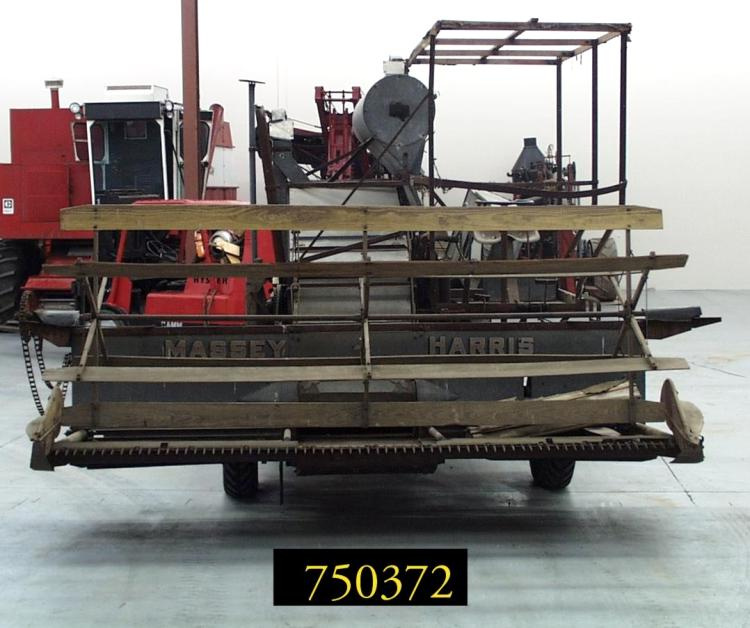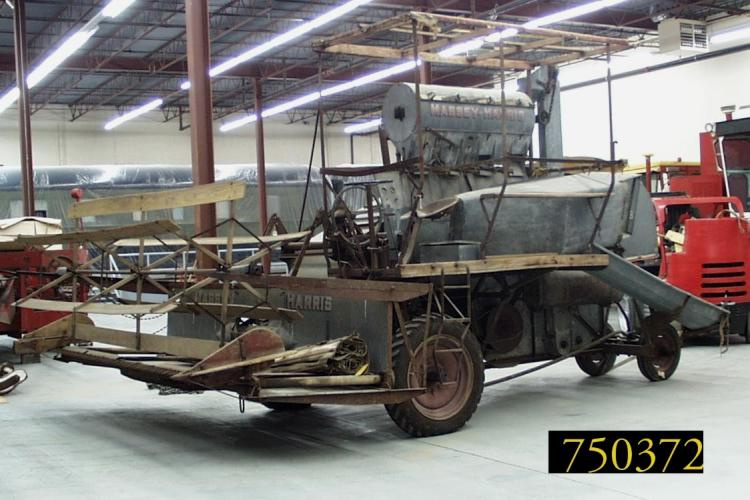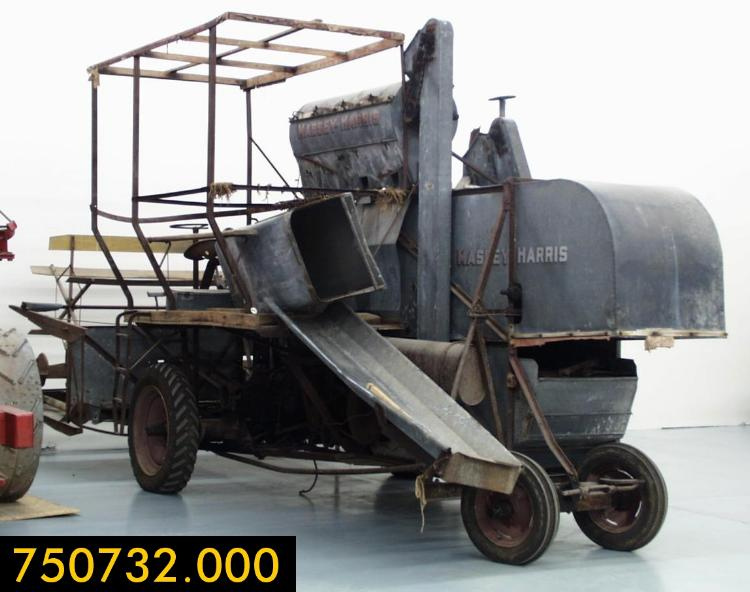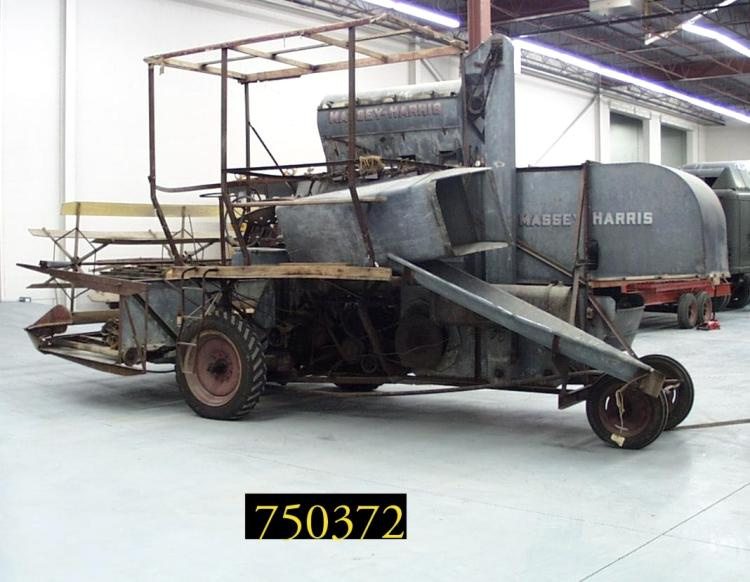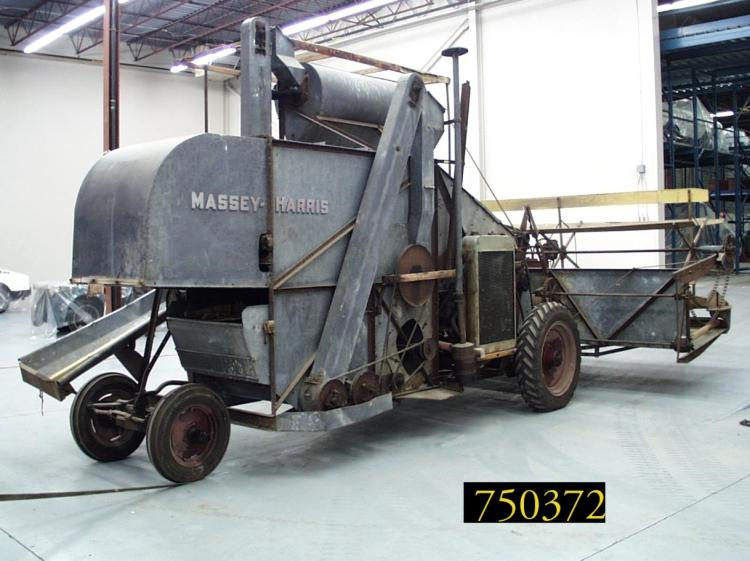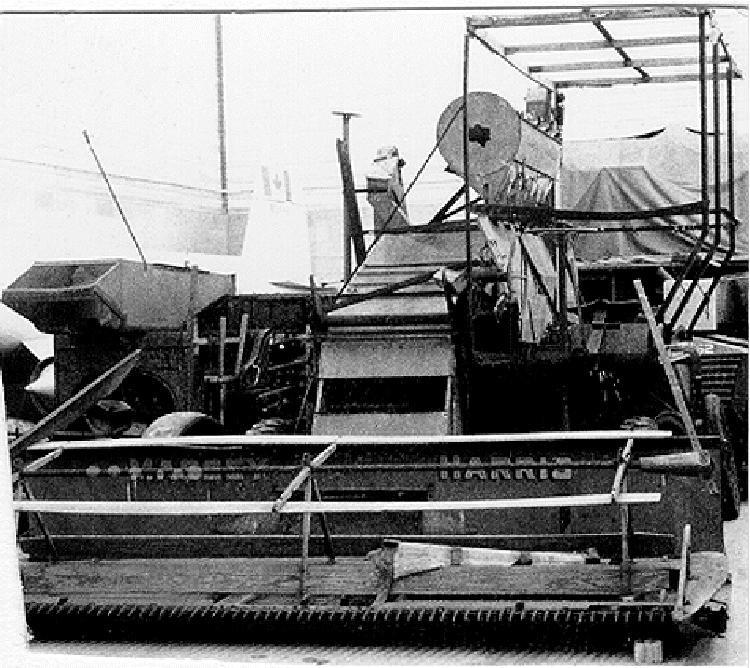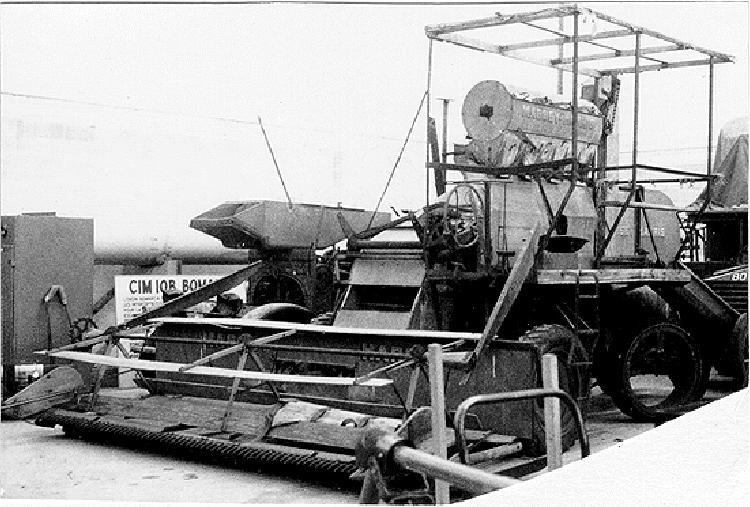Combine
Use this image
Can I reuse this image without permission? Yes
Object images on the Ingenium Collection’s portal have the following Creative Commons license:
Copyright Ingenium / CC BY-NC-ND (Attribution-NonCommercial 4.0 International (CC BY-NC 4.0)
ATTRIBUTE THIS IMAGE
Ingenium,
1975.0372.001
Permalink:
Ingenium is releasing this image under the Creative Commons licensing framework, and encourages downloading and reuse for non-commercial purposes. Please acknowledge Ingenium and cite the artifact number.
DOWNLOAD IMAGEPURCHASE THIS IMAGE
This image is free for non-commercial use.
For commercial use, please consult our Reproduction Fees and contact us to purchase the image.
- OBJECT TYPE
- SELF-PROPELLED/REAPER-THRESHER
- DATE
- 1941
- ARTIFACT NUMBER
- 1975.0372.001
- MANUFACTURER
- Massey-Harris
- MODEL
- 21
- LOCATION
- Toronto, Ontario, Canada
More Information
General Information
- Serial #
- N/A
- Part Number
- 1
- Total Parts
- 1
- AKA
- N/A
- Patents
- N/A
- General Description
- STEEL AND SHEET METAL/ CANVAS/ WOOD PLATFORM/ RUBBER TIRES (PNEUMATIC)
Dimensions
Note: These reflect the general size for storage and are not necessarily representative of the object's true dimensions.
- Length
- 650.0 cm
- Width
- 400.0 cm
- Height
- 370.0 cm
- Thickness
- N/A
- Weight
- N/A
- Diameter
- N/A
- Volume
- N/A
Lexicon
- Group
- Agriculture
- Category
- Crop handling
- Sub-Category
- N/A
Manufacturer
- AKA
- Massey
- Country
- Canada
- State/Province
- Ontario
- City
- Toronto
Context
- Country
- Unknown
- State/Province
- Unknown
- Period
- 1941-1974
- Canada
-
Massey-Harris was founded in Brantford, Ontario in 1891, and was the result of the merger of the Massey Manufacturing Co. and A. Harris, Son & Co. Massey-Harris became a globally important manufacturer of agricultural implements. The No. 21 was Massey-Harris's second self-propelled combine and was produced during the Second World War when agricultural implement factories were converted to war production. Massey-Harris was able to produce the No. 21 by proposing that 500 of the machines be produced to form a "Harvesting Brigade" that would harvest crops throughout North America. The Brigade began harvesting in the southern United States and moved northward, following the ripening of crops. The Brigade harvested more than a million acres, supporting the war effort with cereal production. The Brigade also gave Massey-Harris wider exposure in the United-States: by 1947 the company controlled 54% of the American combine market. - Function
-
The combine harvester, also known earlier as the reaper-thresher, combines in one machine all the operations associated with cereal-grain harvesting: reaping, gathering, threshing, sorting and winnowing. First conceived in the late 19th century, combine harvesters became popular the 20th century as grain farming expanded, particularly in western North America. Combine harvesters came in towed and self-propelled models, with self-propelled models dominating production after the 1940s. - Technical
-
The No. 21 was first manufactured in 1941 and was the first rubber-tired self-propelled combine harvester. The No. 21 was designed by Australian engineer Tom Carroll, who wanted to create a smaller and more affordable combine than its predecessor, the No. 20. The No. 21 became Massey-Harris's most popular combine with 10,000 produced in 1949 alone. Carroll received a Gold Medal from the American Society of Agricultural Engineers in 1958, recognizing his work at Massey-Harris and for his contribution to the technological development of combine-harvesters. - Area Notes
-
Unknown
Details
- Markings
- N/A
- Missing
- NIL; NEEDS WORK ON MOTOR From CA of 05/27/1997 by Carrie Misener: Undetermined
- Finish
- COMPLETE
- Decoration
- FADED, BUT VISIBLE
CITE THIS OBJECT
If you choose to share our information about this collection object, please cite:
Massey-Harris, Combine, circa 1941, Artifact no. 1975.0372, Ingenium – Canada’s Museums of Science and Innovation, http://collection.ingenium.ca/en/id/1975.0372.001/
FEEDBACK
Submit a question or comment about this artifact.
More Like This
